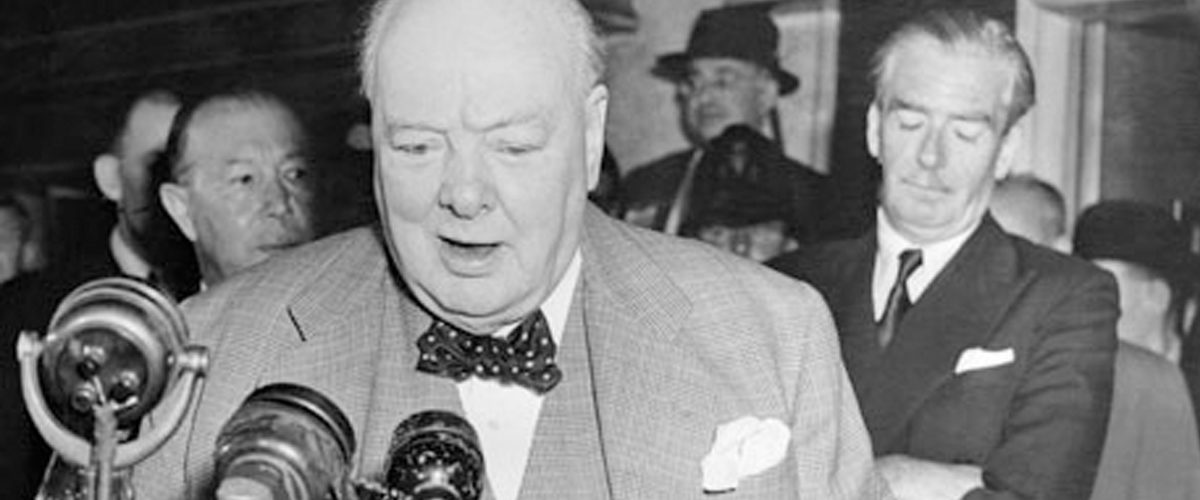In the fast-paced landscape of today’s business world, first impressions are powerful and permanent. With attention spans shrinking and digital interactions dominating professional spaces, how you present yourself—whether in person, on a call, or during a presentation—can determine your success before a single word is spoken.
From handshake to posture, attire to eye contact, every detail counts. Whether you’re meeting a prospective client, interviewing for a job, or delivering a corporate pitch, mastering the art of the first impression is not a luxury—it’s a necessity.
Why First Impressions Matter More Than Ever
You don’t get a second chance at a first impression. Within just seven to ten seconds, others form a lasting judgment of who you are. These snap assessments are often based more on nonverbal cues than the content of your conversation. And once those initial opinions are set, they’re rarely revised.
In an era where opportunities can be won or lost in a moment, making a positive, memorable, and professional first impression is essential.
1. Dress to Project Competence—Not Just Style
Though it may seem superficial, your physical appearance is your first message to the world. Attire signals competence, attention to detail, and emotional intelligence. Dressing well shows you care—not just about yourself, but also about the interaction and the person in front of you.
Guidelines for Dressing for Success:
-
Understand the dress code: Before a meeting or event, find out whether the dress standard is formal, business casual, or creative.
-
Be appropriately groomed: Cleanliness, hair grooming, and subtle use of fragrance all contribute to your presence.
-
Avoid overdoing it: Overdressing or appearing too flashy can come across as tone-deaf or insincere.
-
Express individuality tastefully: A distinctive accessory or bold color can reflect creativity—if done with restraint.
The right outfit not only communicates professionalism to others, but also instills confidence in yourself, which naturally enhances your demeanor.
2. Master the Nonverbal Language of Confidence
Body language often speaks louder than words. Even before you open your mouth, your posture, facial expressions, and gestures are conveying messages about your character, confidence, and attitude.
Essential Nonverbal Cues:
-
Posture: Stand or sit upright—this reflects confidence and attentiveness.
-
Handshake: A firm handshake is universally perceived as a sign of strength and reliability.
-
Eye contact: Maintain steady but natural eye contact to signal sincerity and focus.
-
Facial expressions: A relaxed, genuine smile makes you approachable and likable.
Avoid slouching, fidgeting, or glancing at your phone or watch—these actions can be interpreted as disinterest or insecurity. Ensure your body is oriented toward the person you’re speaking to, and show them they have your full attention.
3. Control Nervous Habits
We all have unconscious behaviors that surface in high-pressure situations—biting nails, tapping feet, twirling hair. Unfortunately, these habits often undermine the confident image you’re trying to project.
How to Overcome Nervous Tics:
-
Become self-aware: Practice mock introductions or record yourself to identify habits.
-
Replace bad habits: Channel energy into positive gestures, such as using open hand movements.
-
Practice mindfulness: Stay in the moment by focusing on your breathing and posture.
Developing poise under pressure signals emotional maturity—a trait that colleagues, clients, and executives highly value.
4. Be Present and Engaged
True professionalism isn’t just about looking the part—it’s about being fully present. Active listening, nodding to show understanding, and asking thoughtful questions demonstrate that you’re not only confident but also considerate.
When engaging a group—say during a corporate presentation—make eye contact with multiple individuals and vary your vocal tone to keep attention. If you’re in a one-on-one setting, turn off distractions and dedicate your full presence to the conversation.
5. Let Authentic Confidence Shine Through
Confidence is the common thread that ties all the above techniques together. Not arrogance. Not perfection. But authentic, steady, grounded confidence. That comes from preparation, self-awareness, and self-respect.
When you believe in your value, you naturally communicate with greater clarity, enthusiasm, and composure. And that, in turn, helps others believe in you.
Conclusion: Impressions That Open Doors
Making a strong first impression isn’t about rehearsing every move or being someone you’re not. It’s about showing up as the best version of yourself: prepared, polished, attentive, and genuinely confident. By mastering appearance, body language, and mindfulness, you lay the groundwork for building credible, lasting professional relationships.
In the business world, opportunities are fleeting, but impressions endure. Make yours count.
Bonus Tips for Continued Success:
-
Prepare an elevator pitch to introduce yourself with clarity and confidence.
-
Research your audience so your attire and approach are aligned with expectations.
-
Practice introductions regularly, especially before networking events or presentations.
-
Solicit feedback from mentors or peers to fine-tune your presence.












